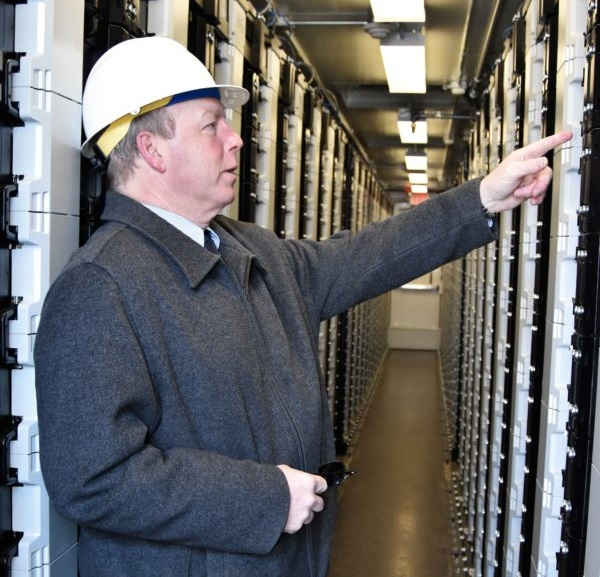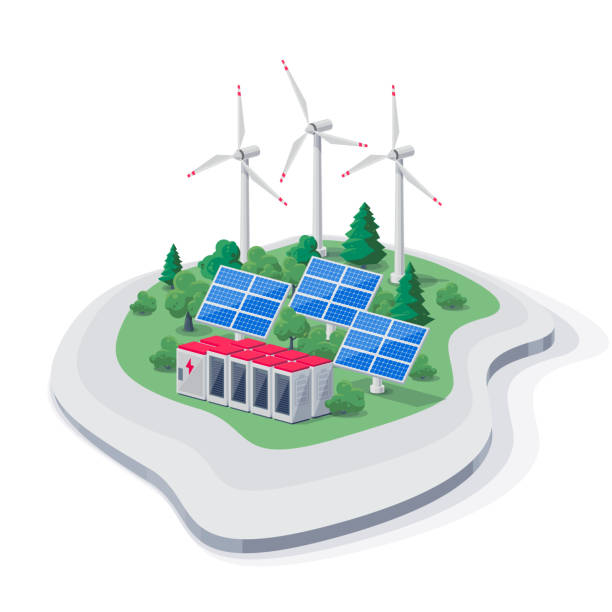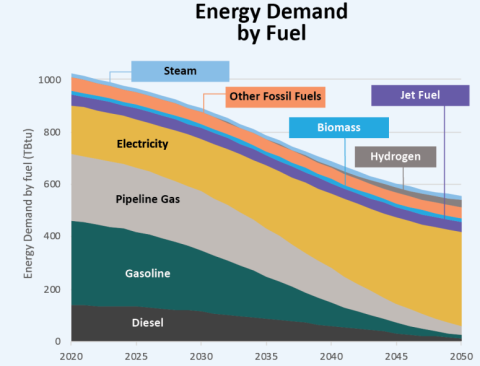MassCEC is fostering the collaboration and innovation we need to modernize and expand the electric grid to power our buildings, industry, and transportation system with zero greenhouse gas emissions.
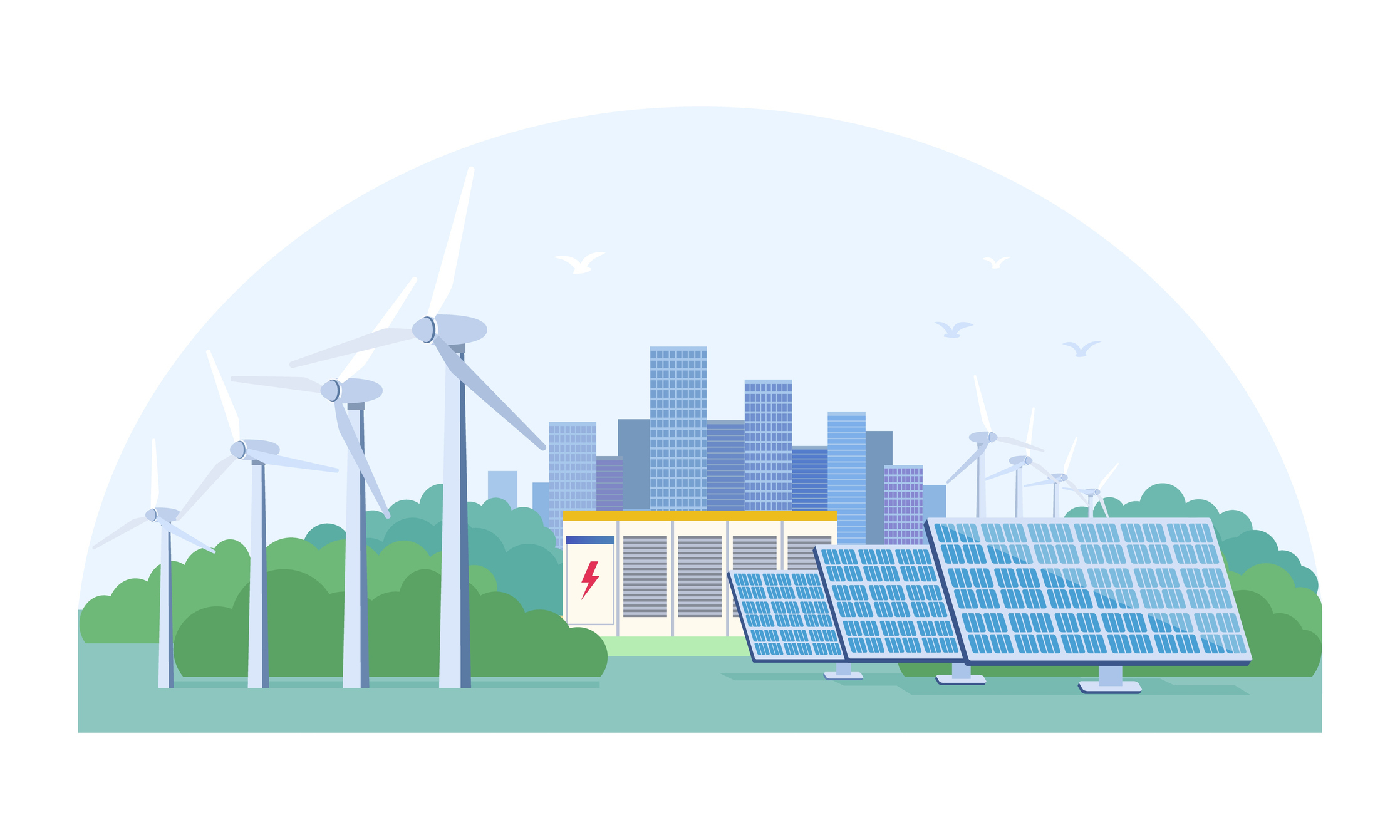
Emissions produced by generating electricity are lower than those from transportation or buildings, largely due to the retirement of coal- and oil-burning power plants.
In upcoming years, more clean electricity produced by sources like sun and wind will be interconnected with our electric transmission system to further displace fossil fuels. The addition of large scale battery storage will provide round-the-clock availability of clean energy to Massachusetts businesses and households.
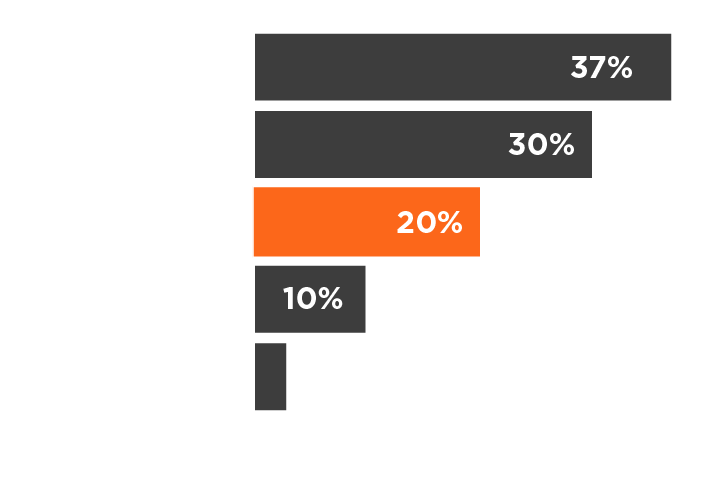
Massachusetts 2020 Greenhouse Gas Emissions by Sector
Source: Massachusetts Clean Energy and Climate Plan for 2025 and 2030.
The foundation of a net zero emissions grid is an abundant supply of zero-emissions electricity. This electricity can come from renewable energy generators, such as off-shore wind, land-based wind, hydropower, solar power and other sources.
Abundant clean electricity can power an electrified economy, in which heating and transportation are increasingly powered by electricity rather than fossil fuels.
Modern grid infrastructure, demand response, energy storage, and many other emerging technologies and business models can help balance the supply of renewable energy and the demand for electricity across time periods.
Novel, data-rich tools can support the traditional utility planning and management systems in order to identify and prioritize least-cost solutions for the transition.
Current Opportunities
2030 Fund
This $50 million evergreen fund makes counter‑cyclical equity or venture‑debt investments—typically ~$500 k, up to $1.5 million—in early‑stage Massachusetts climatetech startups, helping them de‑risk technology, hit first‑customer milestones and crowd in follow‑on capital.
Clean Energy Internship Program
An award-winning initiative that facilitates paid internships for college students and recent graduates at Massachusetts clean energy companies. MassCEC reimburses employers for intern wages, making it cost-effective to bring on additional talent while helping develop the future clean energy workforce.
Grid Modernization & Infrastructure Planning
A modernized electrical grid is needed to help the Commonwealth achieve its 2050 Net Zero goal. The grid must be able to manage the increased energy load associated with the electrification of the transportation and building sectors. Modernization will improve its reliability and resiliency in a cost-effective manner. MassCEC is advancing this work through multiple projects and studies, including exploring ways to decarbonize the grid equitably and efficiently.
Energy Storage
Energy storage encompasses a range of technologies that use mechanical, chemical, or thermal processes to absorb energy, store it, and then dispatch it when needed. Energy storage can improve the reliability, flexibility, and resiliency of the electric system, making it easier to integrate clean energy sources while delivering savings to ratepayers.
MassCEC advances energy storage in Massachusetts through
- demonstrations of technologies and use cases
- safety training for first responders
- collaborative, cutting-edge studies
Energy Resilience
As we increasingly electrify building heating and the transportation system to reach net zero emissions, the resilience of the electric grid becomes even more important in reducing vulnerability to severe weather events.
MassCEC has funded over twenty feasibility studies around the Commonwealth to support community resiliency efforts through the Community Microgrids program and the Clean Energy and Resiliency ("CLEAR") program. These studies examined opportunities to enable the integration of renewable energy sources while providing energy resilience for critical facilities during electrical grid outages. Through CLEAR, MassCEC also funded the development of a resiliency "toolkit" to help municipal leaders quickly and easily understand the resiliency needs and solutions for their buildings, as well as a resiliency certification that can be used to gauge the resiliency status of critical infrastructure.
Hydrogen Roadmap
Electrification is the main strategy for decarbonization in Massachusetts, but not all sectors of our economy are suitable for electrification. Hydrogen, as identified in the Massachusetts Decarbonization Roadmap, is expected to play a small, but critical role in achieving the State’s 2050 climate goals, in particular for hard-to-electrify sectors.
The State is considering how to appropriately leverage hydrogen in the Massachusetts context. MassCEC, in partnership with the Department of Energy Resources (DOER), is developing the Massachusetts Clean Hydrogen Outlook (“H2 Outlook”). The Outlook, expected to be published in early 2025, provides initial strategic direction on how clean hydrogen can help achieve a net zero future. The document identifies potential use cases for hydrogen in MA and recommendations to further the safe, equitable, and economical transition to a decarbonized future.
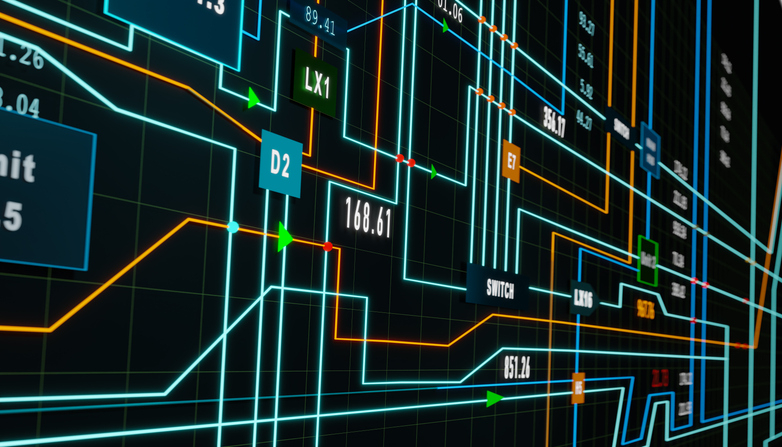
MassCEC supports collaborations between Massachusetts grid-owners, operators, startups, and researchers that help the Commonwealth meet the mandates of the Global Warming Solutions Act. Example project topics include better integrating renewable energy sources and protecting the grid from extreme weather events.
Are you a grid-related company or organization with an interest in Massachusetts? MassCEC’s Net Zero Grid Team would like to meet you!
Working on Grid Innovation?
Are you a grid-related company or organization with an interest in Massachusetts? MassCEC’s Net Zero Grid Team would like to meet you!
Grid Collaboration Proposals
MassCEC supports collaborations between Massachusetts grid owners/operators (such as regulated utilities, municipal light plants, and the Independent System Operator of New England) and Massachusetts-based startups or researchers when those collaborations focus on innovations that can help meet the Commonwealth's GWSA mandates. MassCEC evaluates memo proposals for such projects on a rolling basis, pending the availability of funds. Please reach out to grid@masscec.com before submitting a proposal for such a collaboration project.
InnovateMass Grid Innovation Spotlight
MassCEC's InnovateMass program provides grant funding to innovators and startups to demonstrate new clean energy and climate technologies or innovative combinations of existing technologies that demonstrate a strong potential for commercialization while providing significant, measurable clean energy and/or climate benefits. Eligible technologies are at Technology Readiness Levels (TRLs) 5-8; awards are up to $350,000 per project.
The Winter 2025 round of grant funding provides a “Gridtech Spotlight” opportunity for innovators to partner with a Massachusetts electric utility on a grid technology (“gridtech”) demonstration. Applicants should propose to demonstrate a technology that aligns with areas of interest identified by participating electric utilities. See InnovateMass for more information and to apply.
Past Projects
NewGrid, Inc.
NewGrid is a startup that is devising solutions for grid congestion and the integration of renewables. It previously received funding from MassCEC's InnovateMass program. With additional MassCEC funding, NewGrid is expanding the applications of its NewGrid Router transmission topology optimization technology by developing key software features and demonstrating them for the Independent System Operator-New England (ISO-NE). This project builds upon NewGrid’s current ISO-NE demonstration project and will increase the flexibility and resiliency of Massachusetts’ grid.

